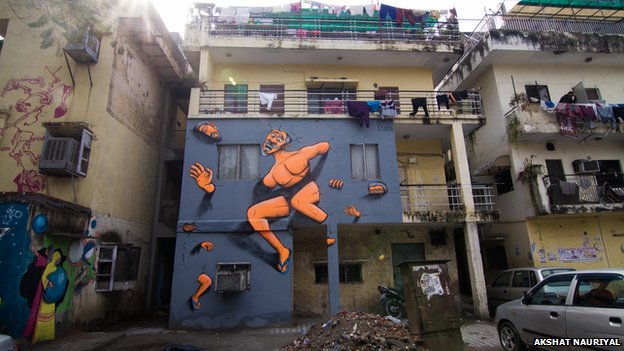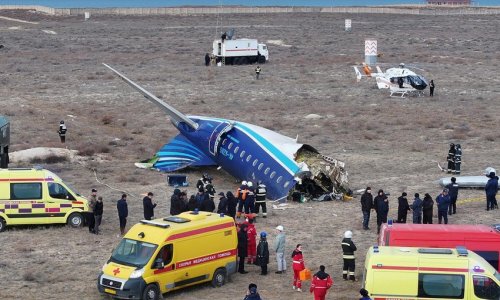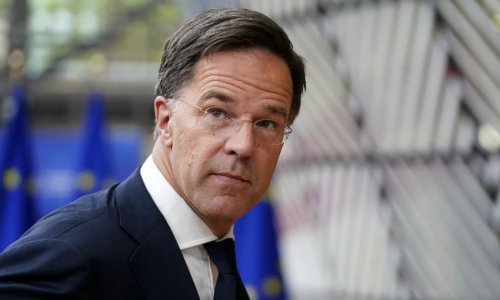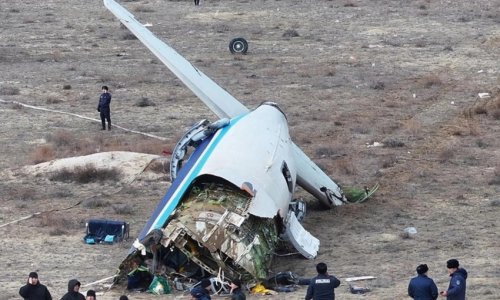In fashionable Hauz Khas Village, a narrow alley leads out onto an unexpected width of rubbish dump.Hemmed in on three sides by walls covered in scaffolding, street artists are busy pulling up gloves, paint and goggles by rope to complete two, four-storey pop-coloured murals of fantastic tankers firing globs of pink and blue paint at each other.The image causes many casual bystanders to baulk.The scale and coherence of the tableau is confounding not least because of its location in a neighbourhood and city where many say urban planning is often a risible misnomer.The 50-day festival, which ends on Friday, has all the markings of an organically scrappy effort that has come to satisfying fruition.Artists, curators and college students from India, Italy, Brazil, Serbia, Germany and Taiwan have participated in the event which took 18 months of organise.'India's Banksy'The festival - ironically named This Is Not Street Art - has more than 20 artists painting over 50 walls in Shahpur Jat, Hauz Khas Village and Khirkee Extension areas.A sale has seen works and prints of the art being snapped up by collectors from Switzerland and England, and marks the first time Daku - also described as India's Banksy, the British graffiti artist - is selling his works."I respect Banksy, but I don't find it flattering to be called India's Banksy because my work is separate and has a very Indian aesthetic. That is very important to me," says Daku.As I enter Shahpur Jat, I am greeted by a large painting of two black crows lugging explosives across a public toilet wall by Taiwanese artist Ano.Down another lane through tangled power cables and construction debris, a fearsome mechanical bird by Indian artist Yantra swoops down on a bank building, its techno-sinew in full display.I ask two children passing by if they can show me some of the other graffiti in their neighbourhood.Shivam and Rohit Kumar, both aged 5, light up instantly and lead me on a frenetic and natter-filled excursion for the next half hour.One mural of a cat playing with a ball of wool by Indian artist Anpu scales a wall opposite some shops.Stumbling blockKiranvati, an aged, single-toothed shop owner here lauds the artwork, but says: "My business hasn't improved. Only when they paint Lord Krishna on my wall will my business improve."The sentiment around religious figures has been a stumbling block for the organisers.Members of a temple insisted one artist create an image of the Hindu god Krishna before painting anything else."Many people were happy for us to paint on their walls," says Anpu."But when they weren't we had to negotiate a little. One boy actually stood for a couple of hours almost every day, proudly watching as I painted the cat, as though he owned it and I didn't. It was amazing."Most of the residents I speak to in Shahpur Jat - from fruit and juice vendors to home-owners - are ecstatic at the colour and creativity brought to their worn walls.But some are not so sure.Pointing at a mural on his wall, one jewellery shop owner says: "This is useless. When the time comes to repaint the shop, I will paint over it.""There are a lot of independent street artists and graffiti writers across the country, but there's nothing that brings them all together," says Hanif Kureshi, creative director of the festival.Street art involves the lawful beautification of public spaces with painting, whereas graffiti incorporates a mix of tagging (spray painting an alias in a public space) and the subversive or politically visual nature of the expression."We are in a post-graffiti era," says Ambrogi, the festival's curator."Graffiti was illegal but it's become more mainstream for museums and galleries. This festival is a big moment of transition for the street art scene in India. It should make India another global hub for street art like cities in the US, Europe and even Thailand."Delhi's government and municipal institutions, otherwise famed for their lethargy, have been refreshingly forthcoming with support for the festival.A serendipitous 45.72m (150ft)-high mural of Mahatma Gandhi resulted from one discussion."We had been in talks with Delhi police for a while when they suggested we take one wall of their headquarter to paint Mahatma Gandhi," says Mr Kureshi.The mural has already become a landmark in the city centre and is said to be the largest of India's independence hero.Other street art-tourists mill through Shahpur Jat with unfolded maps as Shivam and Rohit bring me to the end of my tour."When I grow up, I'm also going to be an artist, and make lots of paintings and lots of money," Shivam offers gaily."What makes you think artists make lots of money?" I ask him."No, no, I know I will. You just see," comes the defiant reply.(BBC)ANN.Az
Indian street art festival gives a facelift to Delhi - PHOTO
World
19:30 | 28.02.2014

Indian street art festival gives a facelift to Delhi - PHOTO
A number of neighbourhoods in the Indian capital, Delhi, are getting a colourful facelift thanks to a unique street art festival, reports Govind Dhar.
Follow us !










